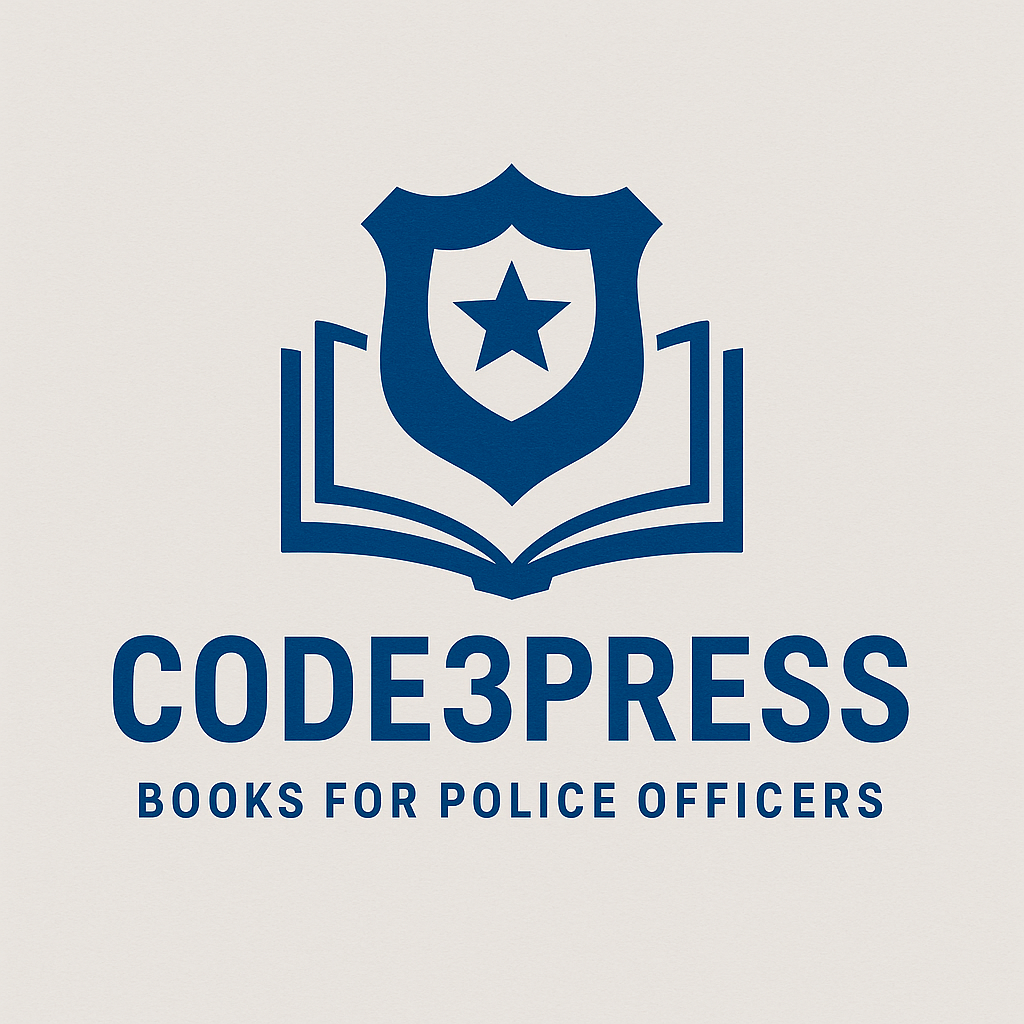The Mindset of Vigilance: Why Officers Must Train Their Eyes, Ears, and Instincts
On a quiet Tuesday evening, Officer Daniels sat in his cruiser outside a busy strip mall. The parking lot looked ordinary enough — parents ushering kids into a karate studio, teenagers clustering by a pizza place, and a delivery truck parked near the far end. At first glance, everything seemed normal. But Daniels noticed one small thing: the truck driver wasn’t unloading. He wasn’t even near the loading zone. Instead, he sat behind the wheel, glancing into his mirrors again and again.
Daniels filed the observation away. A baseline was forming — this was a place where delivery trucks usually came and went quickly. Minutes passed. A second anomaly: the driver adjusted his seat multiple times, never leaving the cab. A third anomaly: he suddenly ducked low as a security guard walked by.
That was enough. Daniels circled around, approached, and made contact. Inside, he discovered not a delivery driver but a man casing the businesses for a late-night break-in. Daniels’ vigilance prevented a crime before it happened.
This story isn’t about luck. It’s about training — the kind of training every officer can apply when they develop the mindset of vigilance.
The Vigilance Loop: Notice → Orient → Decide → Act
At its core, vigilance is a loop:
Notice – Establish a baseline. What does normal look like in this environment?
Orient – Identify anomalies — the things that don’t fit.
Decide – Assess whether the anomalies rise to the level of reasonable suspicion or immediate action.
Act – Take proportionate, lawful action, then reassess.
Officers who master this cycle aren’t guessing or “going with their gut.” They are using a structured method to translate raw observations into sound decisions.
Keys to Success in the Field
Vigilance doesn’t require superhuman abilities — just discipline. The foundation is simple:
Minimize distractions. Phones down, earbuds out.
Scan for exits and safe positions in every environment.
Read the crowd. Who’s relaxed? Who’s tense? Where are the clusters forming?
Use peripheral vision instead of tunnel vision.
Trust instincts, but verify through evidence and behavior, not bias.
Document early. Notes and body-worn video preserve context for later.
When these habits become second nature, officers gain the ability to spot the unusual before it turns dangerous.
The Six Domains of Behavior
Think of vigilance as a set of lenses you rotate, depending on the situation:
Kinesics: body language — posture, gestures, gait.
Physiological cues: stress responses like sweating, flushed face, rapid breathing.
Proxemics: how people manage personal space, and when that space is violated.
Atmospherics: the mood of the environment — is it relaxed, tense, or suddenly shifting?
Geographics: the relationship between people and the physical setting — lighting, sightlines, concealment.
Heuristics: mental shortcuts that speed decision-making. Useful, but dangerous if left unchecked.
Officers who practice across all six domains move beyond surface-level observation into structured situational awareness.
The Rule of Three: When It’s Time to Act
The story of Officer Daniels illustrates a crucial principle: one anomaly by itself rarely justifies intervention. A truck in the lot? Harmless. A driver lingering? Odd, but not enough. Ducking to avoid a guard? Now you have three cues — a cluster.
That’s when the decision point arrives. Officers should think in terms of clusters, not single signals. This approach prevents overreaction while ensuring that real threats aren’t ignored.
A Field Checklist
To put vigilance into practice, use this roll-call-ready checklist:
Scan and establish baseline.
Identify anomalies.
Look for two or more corroborating cues.
Notify dispatch or reposition for safety.
Record observations in notes or BWV.
Decide: monitor, approach, detain, or call for resources.
Document and reassess.
It’s simple, memorable, and field-tested.
Why This Matters
In Malcolm Gladwell’s Blink, he describes how experts make rapid judgments in the “thin-slice” of a moment. Police officers live in those thin slices every shift. But unlike luck or intuition, vigilance is a trained skill. It is the difference between walking blindly into danger and shaping the outcome before danger fully develops.
The story of Officer Daniels isn’t rare — it’s repeatable. Officers across North America use these principles daily, often without naming them. By formalizing the mindset of vigilance, agencies can give officers not only sharper awareness but also better legal and ethical grounding for their actions.
At Code3Press, our mission is to provide officers with the tools to prepare smarter, act sharper, and go home safe. Vigilance is not paranoia — it’s professionalism. Train your eye, sharpen your instincts, and stay ahead of the threat.
